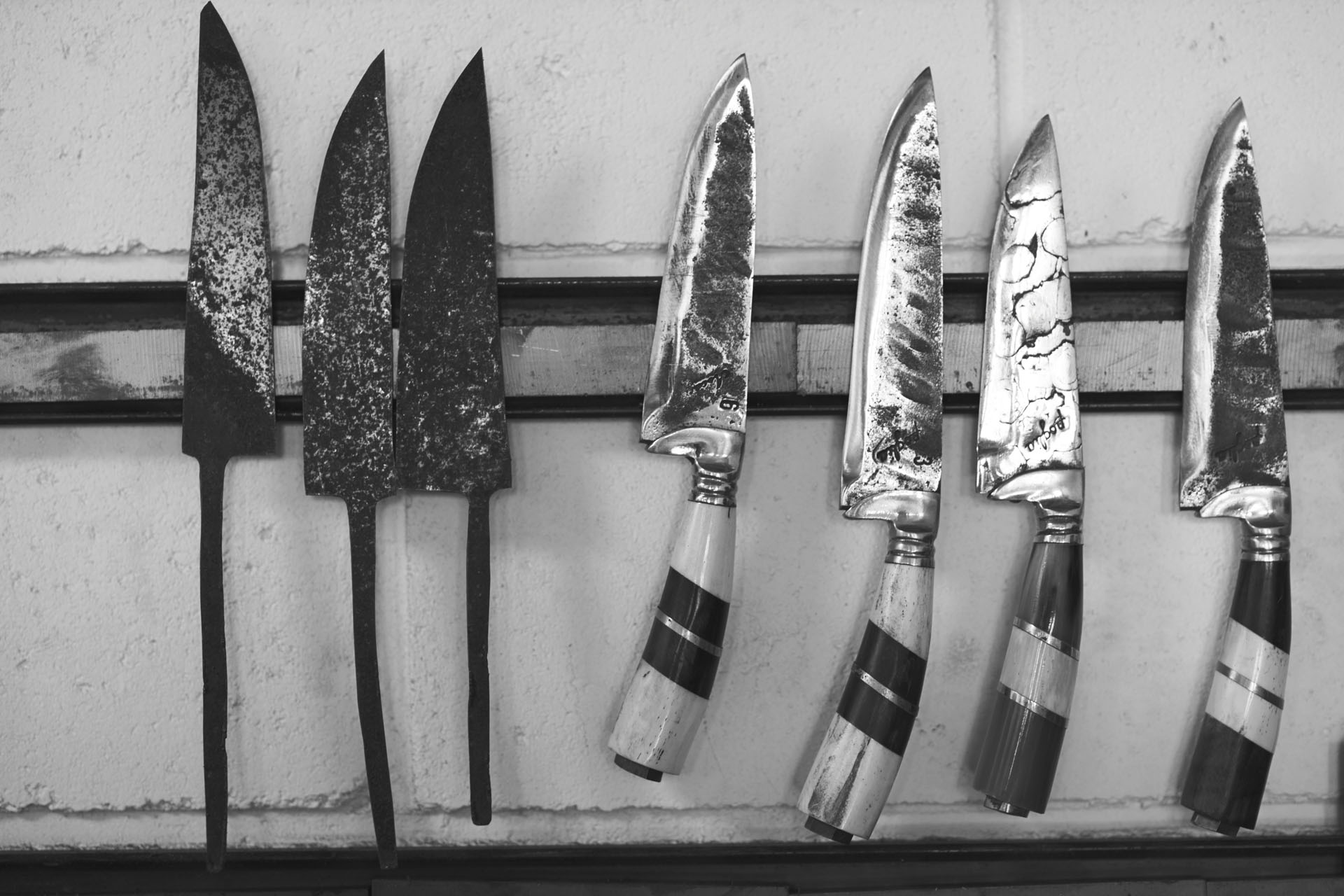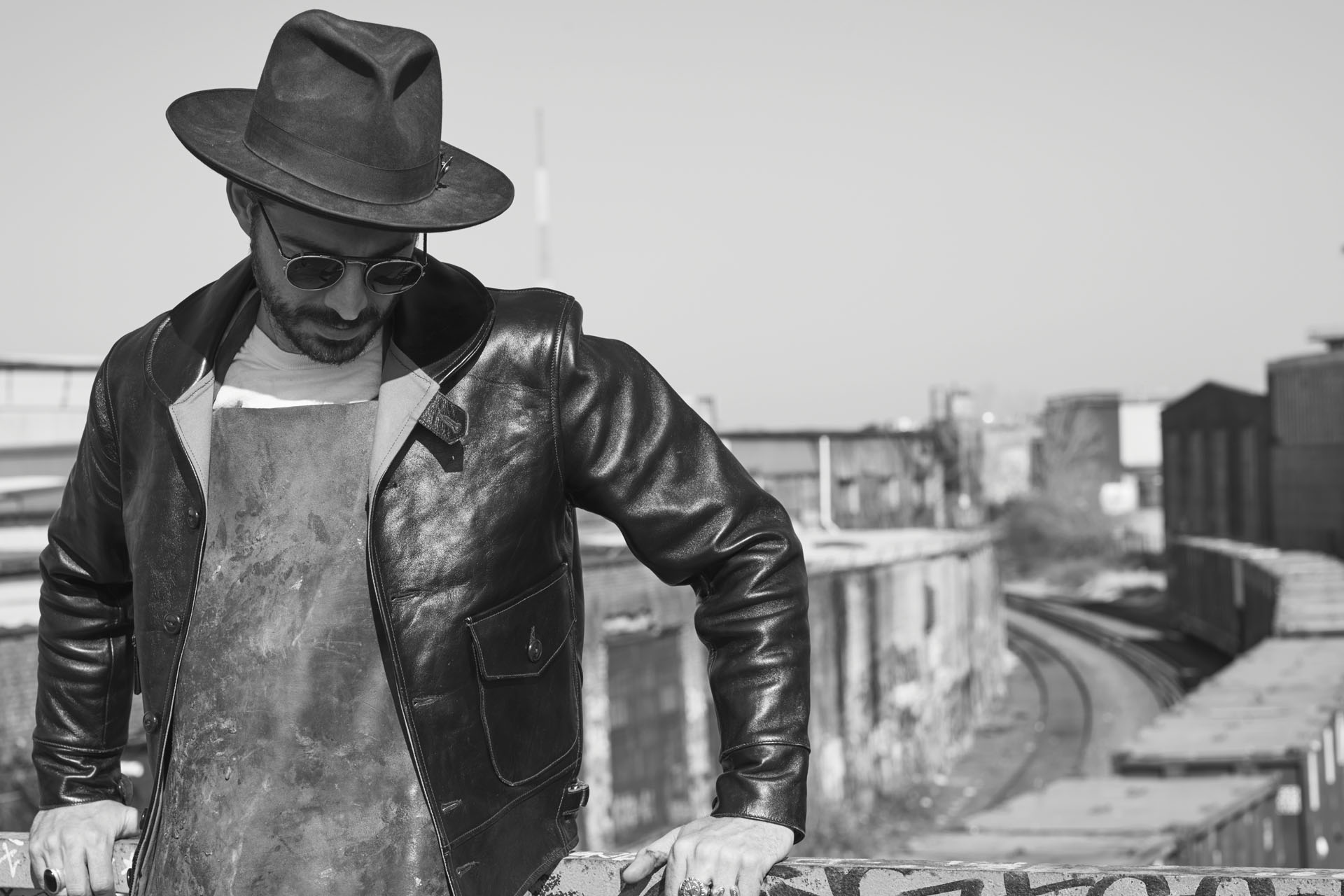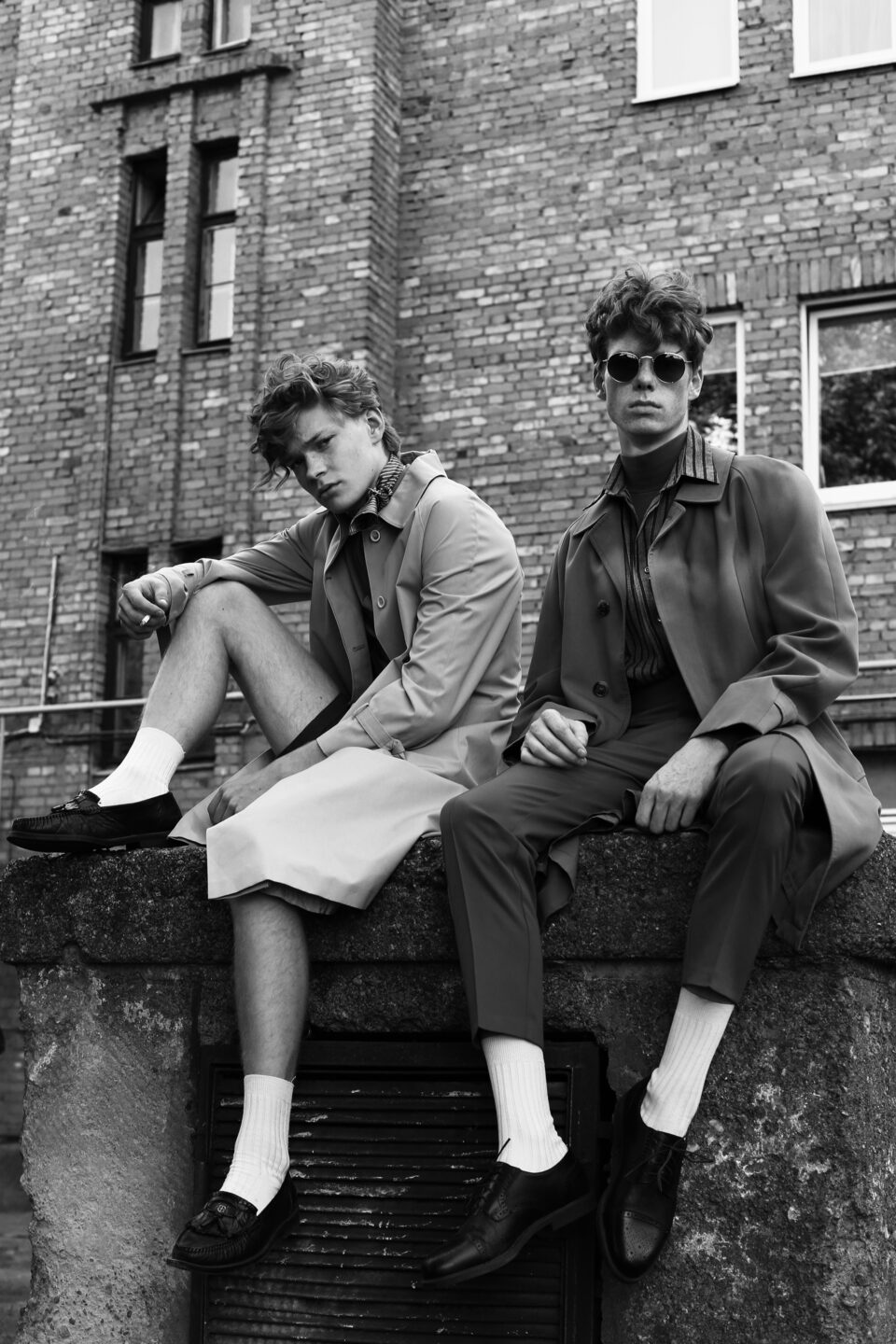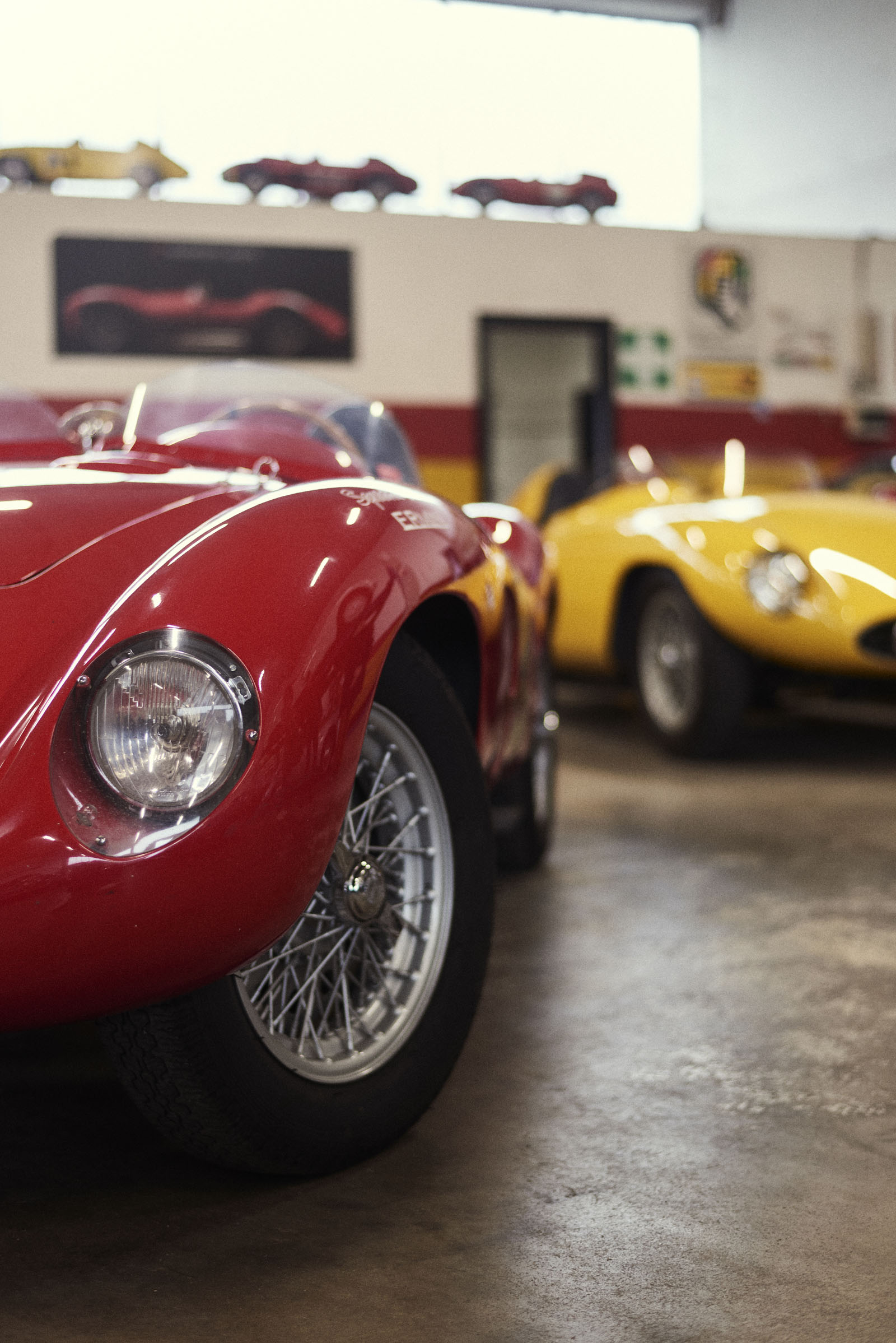The Fascinating
Imperfections
MAX POGLIA
My works reflect a return to the past, to tradition.
I always look for a high-low balance in my works; this is my DNA.
The Fascinating
Imperfections
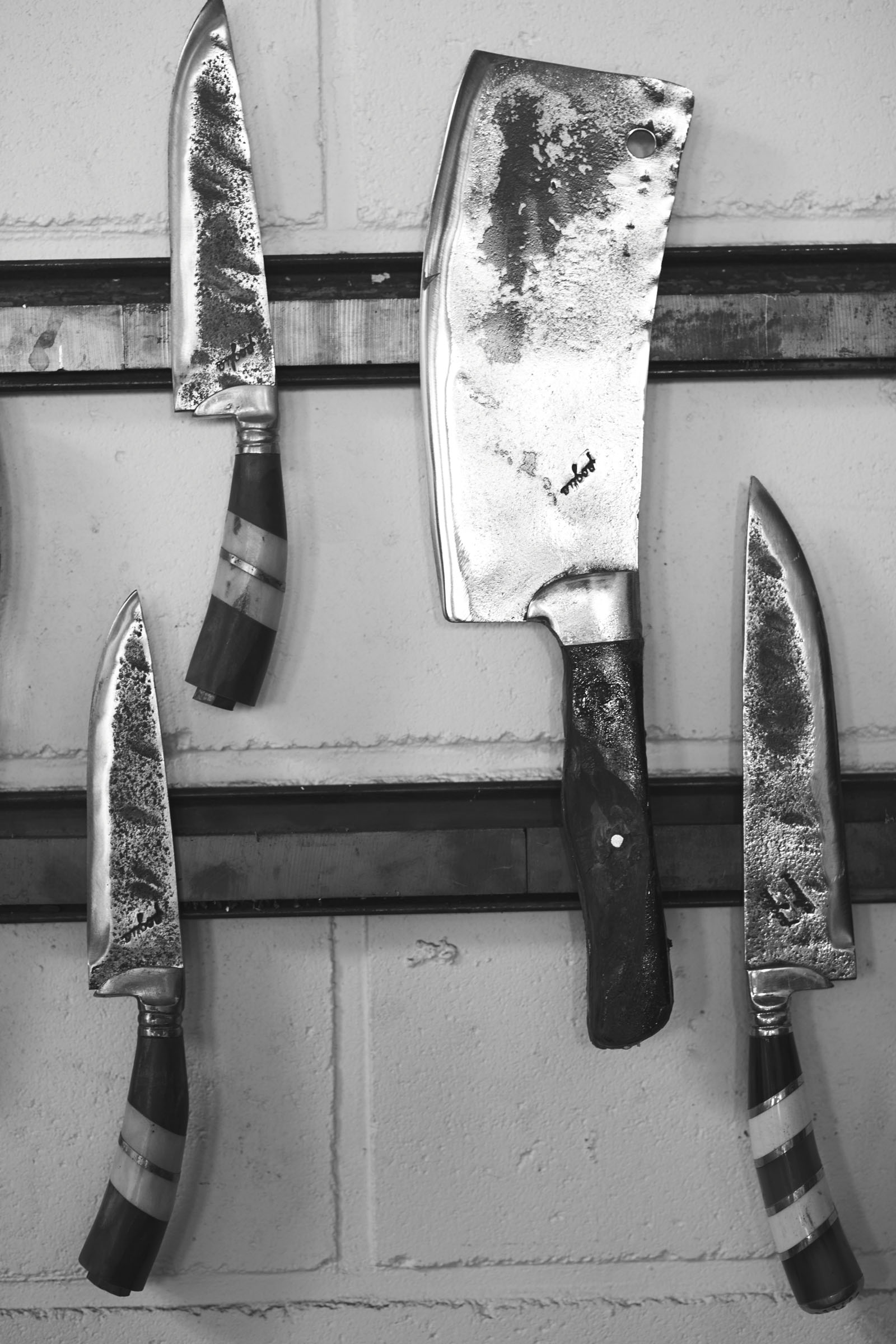
The Latin expression labor limae in ancient times referred to the process of refining and adding the finishing touch to a work of art by its creator. The Latin image for this process was the file (lima), a tool symbolizing a fine art. In time, the object created thus became the guardian of a modern thought enclosed in an ancient past.
This attention to detail is striking in the works of the artist Max Poglia. His brand, Poglia&Co, was born in 2008 and reflects different national identities: Brazil, Italy and United States. Max’s works are a response first to the need to create something for himself, and then for others. We met the artist in his sunlit workshop/showroom The Space NYC, an old factory turned into a creative bazar.
○ Max, where does your passion for handicraft come from?
I was born in Brazil. My main inspiration was my grandfather, who for over 50 years ran a hardware store called A. Poglia & Irmao, which he founded in 1937. I was still a kid when he closed the store, but he managed to pass on to me his love for handicraft. The very details of the place had a real soul, they had a story to tell. The yellow and red tiles on the floor, the huge shop windows full of tools, knives and other curiosities. I can still see my grandfather in the shop, pencil in hand, writing down numbers from behind the desk. I wanted to learn the art of handicraft and leather working. Before it became a business, Poglia&Co was above all a personal need to express myself and spread my passion in a simple way.
○ There are many different accessories in your collection. You turn simple ornaments or daily objects into precious creations. There is a specific reference to the art and culture of a territory, a piece of its history, in what you do. What do you wish to express with Poglia&Co?
The brand is born out of my personal experiences in Brazil. For me, the natural element and the personality of a product are the essence of Poglia&Co. The materials I use vary depending on the weather, air, sun and the type of treatment applied, so the product can be an ivory- or bone-handled knife, a leather handbag or a brass ashtray. I really love imperfections, I find them fascinating and consider them as part of my brand.
They can be rough, but chic too: it’s like a return to the past with a contemporary twist.
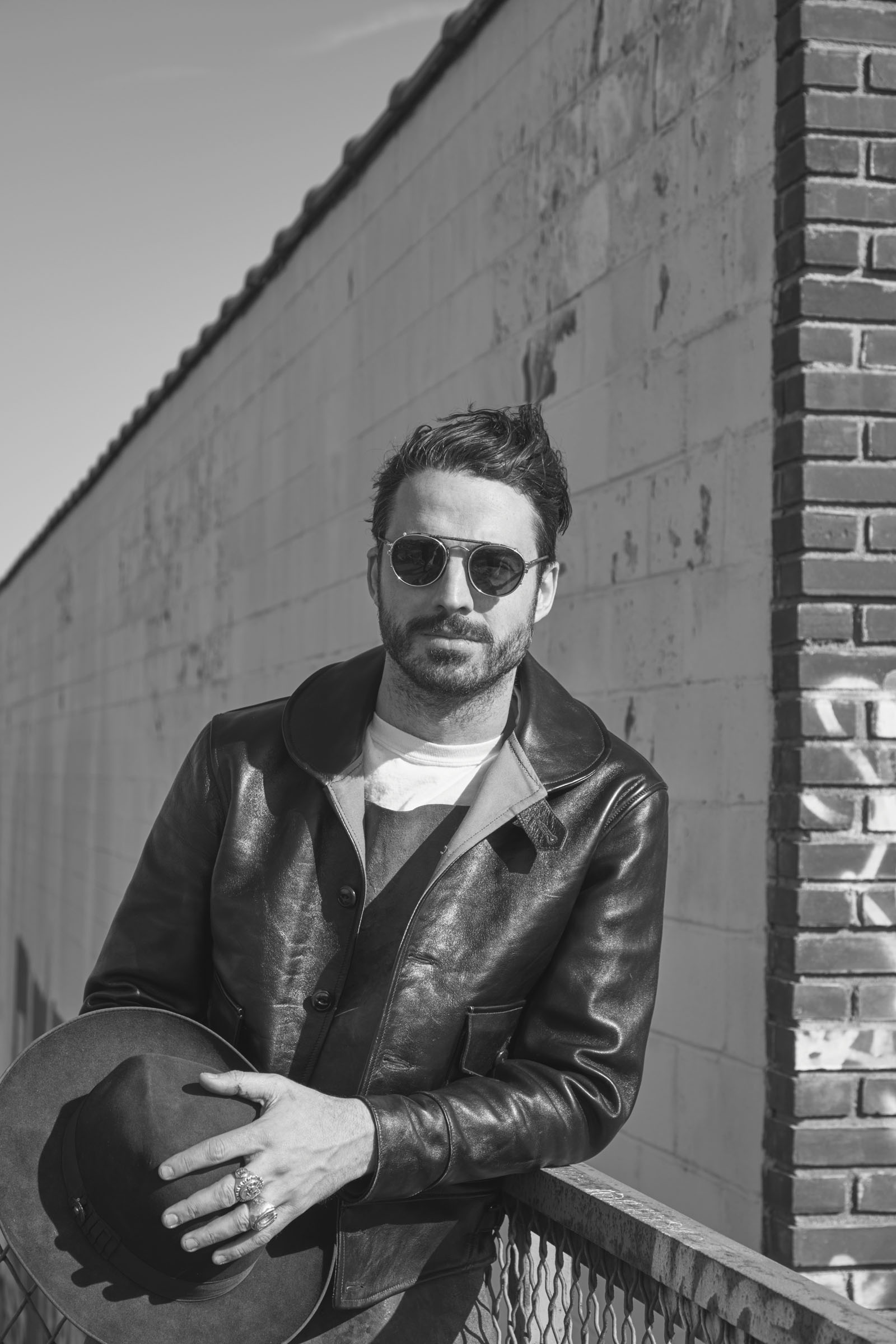
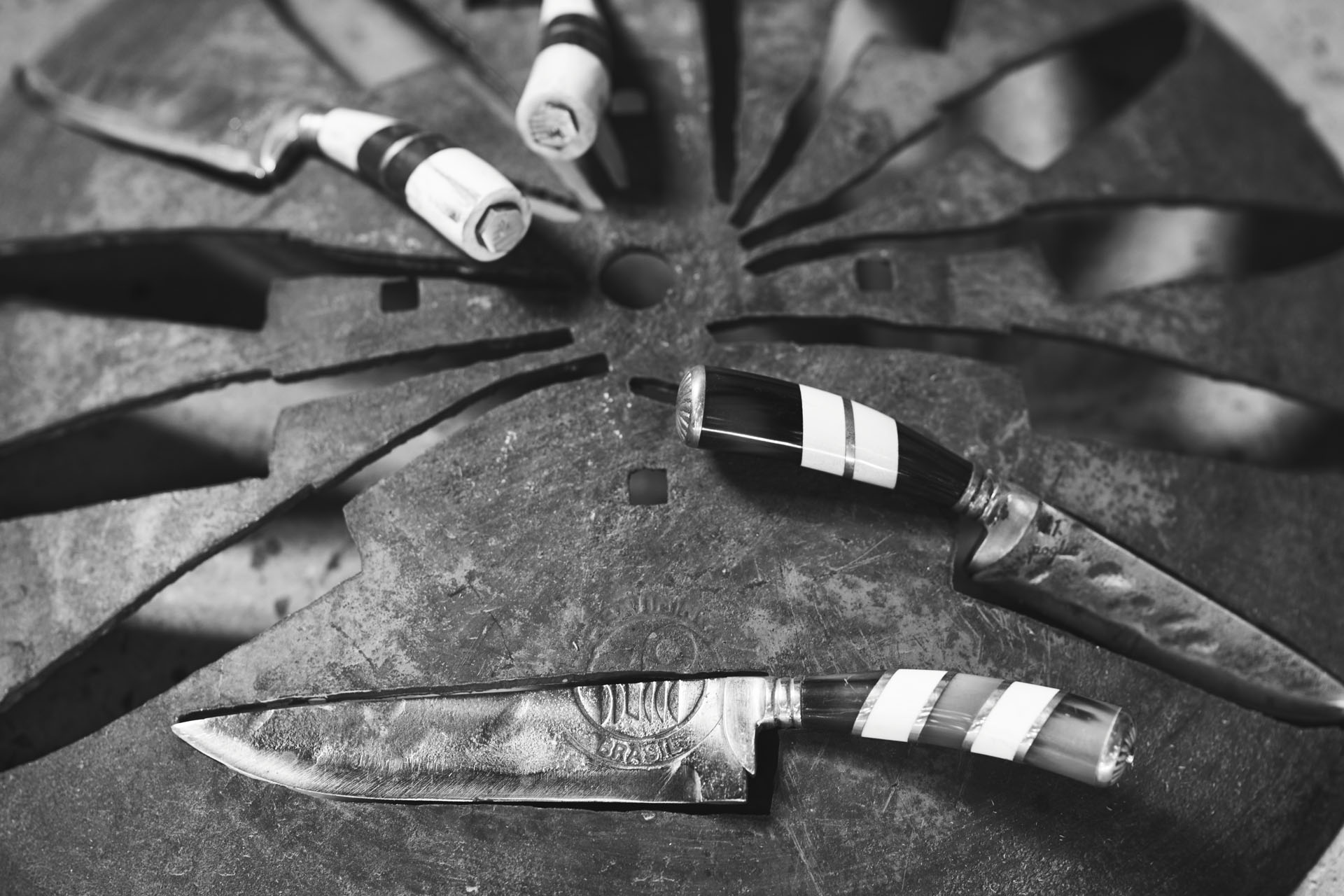
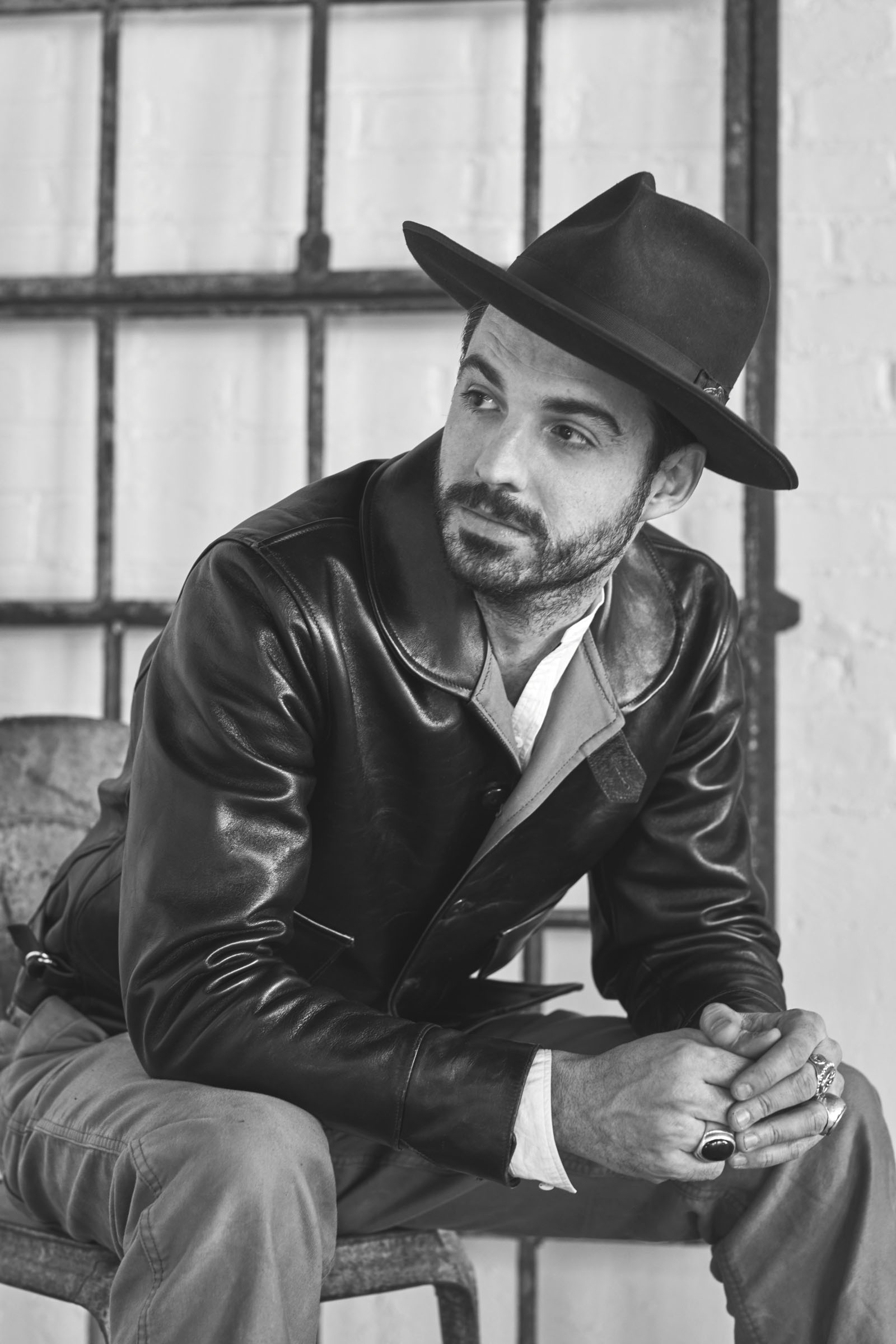
You never know how the final product is going to turn out, as the materials always change depending on the weather, air and sun. I really love imperfections, I find them fascinating and consider them as part of my brand. They can be rough, but chic too.
○ You have lived in Brazil and Italy, and now you live in New York. These countries somehow represent the identities in your brand, as they refer to key experiences in your life. How did these countries inspire you?
As I said, in Brazil I developed a passion for handicraft and manual work, from leatherworking to knifemaking. When I moved to Milan, I was still looking for personal development. I was enchanted by the country’s cuisine, quality of life and its artistic and cultural heritage. I remember pouring seawater on leather handbags and letting them dry in the sun; the leather aged wonderfully. My European break was very important before moving to New York, where I was immediately caught up by the spirit and energy of the city, and found lots of affinities with my past.
○ New York is not an easy city to live in, but it can be very meritocratic. How did you start your adventure in the city?
I spent years working in advertising, but my passion has always been graphic design and handicraft. When I moved to the city, I started working as a graphic designer for various restaurants, like Buvette and Via Carota in the West Village. I befriended the Chef Jody Williams, she really loved my work. In this case too, the graphic elements were old-school icons mixed in a modern style. This work was very important for me, as I could also create my objects at the same time.
○ When did you begin to consider gathering all these accessories in the Poglia&Co brand?
When I was living close to Central Park I used to have picnics in the park. I would bring all my objects along: the corkscrew I created, a blanket made in Brazil, a knife for cheese, a leather handbag. I realized that every element had been created to make me feel good and adjust my personal sense of beauty to everyday life. One day someone asked: “Why don’t you start your own small brand?” My friend Jody Williams asked me to work for Richard Gere, who had just opened two restaurants and a small hotel in Upstate New York. At that time, I did not yet have a proper collection, so I brought with me four knives in a glass case. Julian Niccolini, owner of the Four Seasons restaurant and Mr. Gere’s friend, bought them all, so I knew that it was time to create more and start a collection.
I like to leave an open door for my works, with no limitations on their use.
○ The fashion world plays a key role in your creations.
I have always felt the need to introduce my brand in the fashion world. For me, knives are like a work of art, not just a technical tool. I started displaying my handbags and knives first in New York boutiques, and then at Pitti Uomo, in Italy. It is great to see how an object can be used as a kitchen tool, in a photo shooting, or in a store window. I like to leave an open door for my works, with no limitations on their use.
I really like this high-low balance in my work, as it takes me back to my roots. When I have to present new ideas, I draw them by hand.
○ The knife blades are both bold and refined, the handle designs are elegant, and the precious materials shine in their own light. What is the secret behind the creation of these objects?
I really like this high-low balance in my work, as it takes me back to my roots. When I have to present new ideas, I draw them by hand. For example, the knife blades come from parts of a plough, they are forged and polished until they attain the right curve and thickness; the handles (with a very fascinating design, editor’s note), are made from natural materials like ivory, horn, bone and wood. Size can vary: there are pocket knives, cheese knives and even larger ones, warrior knives. It can take me two or more days to make just one. We leave Max as he works on a knife in his workshop,
but we intend to come back soon, to check out the new collections and let him captivate us with his history of passion and love for an art so rooted in his origins. ●
